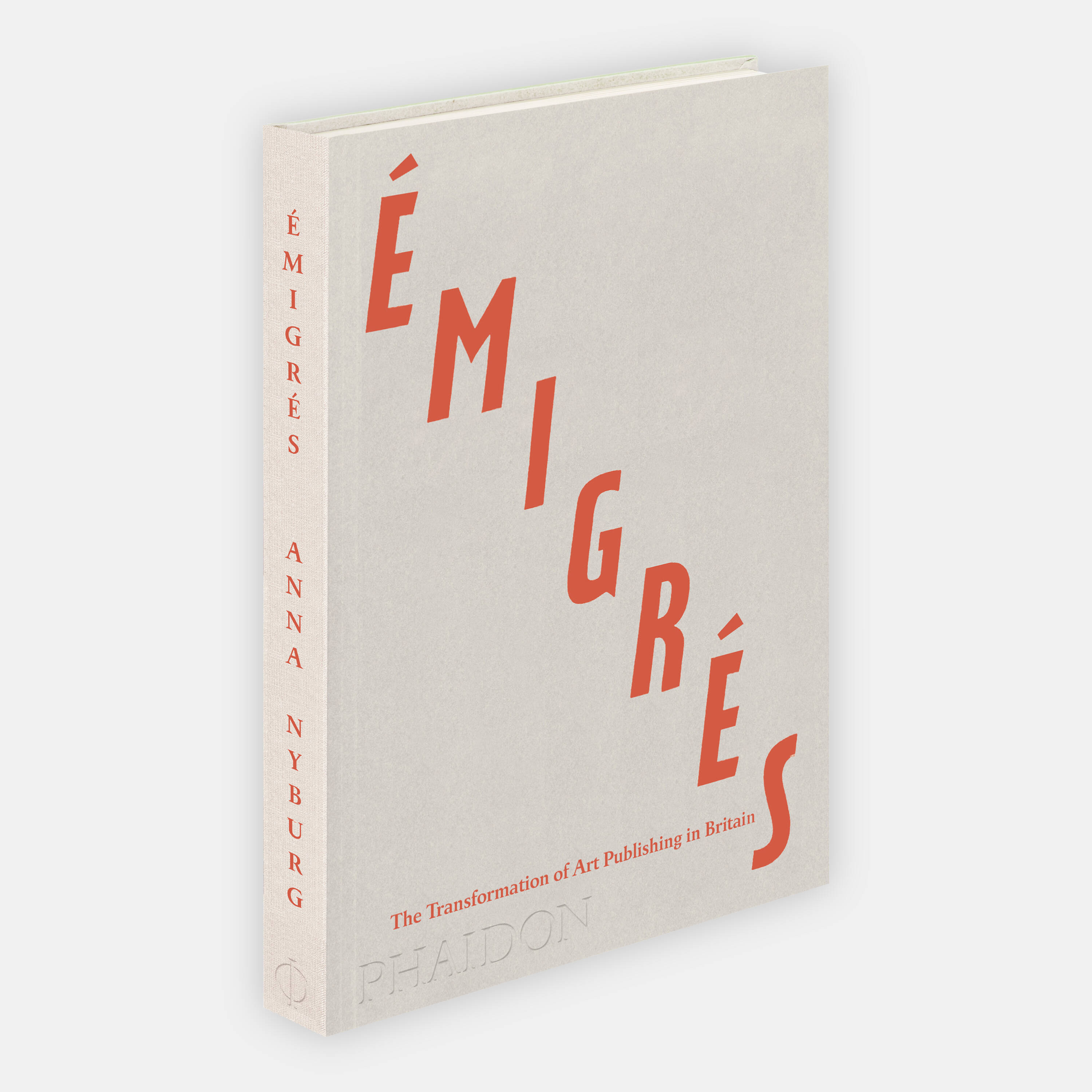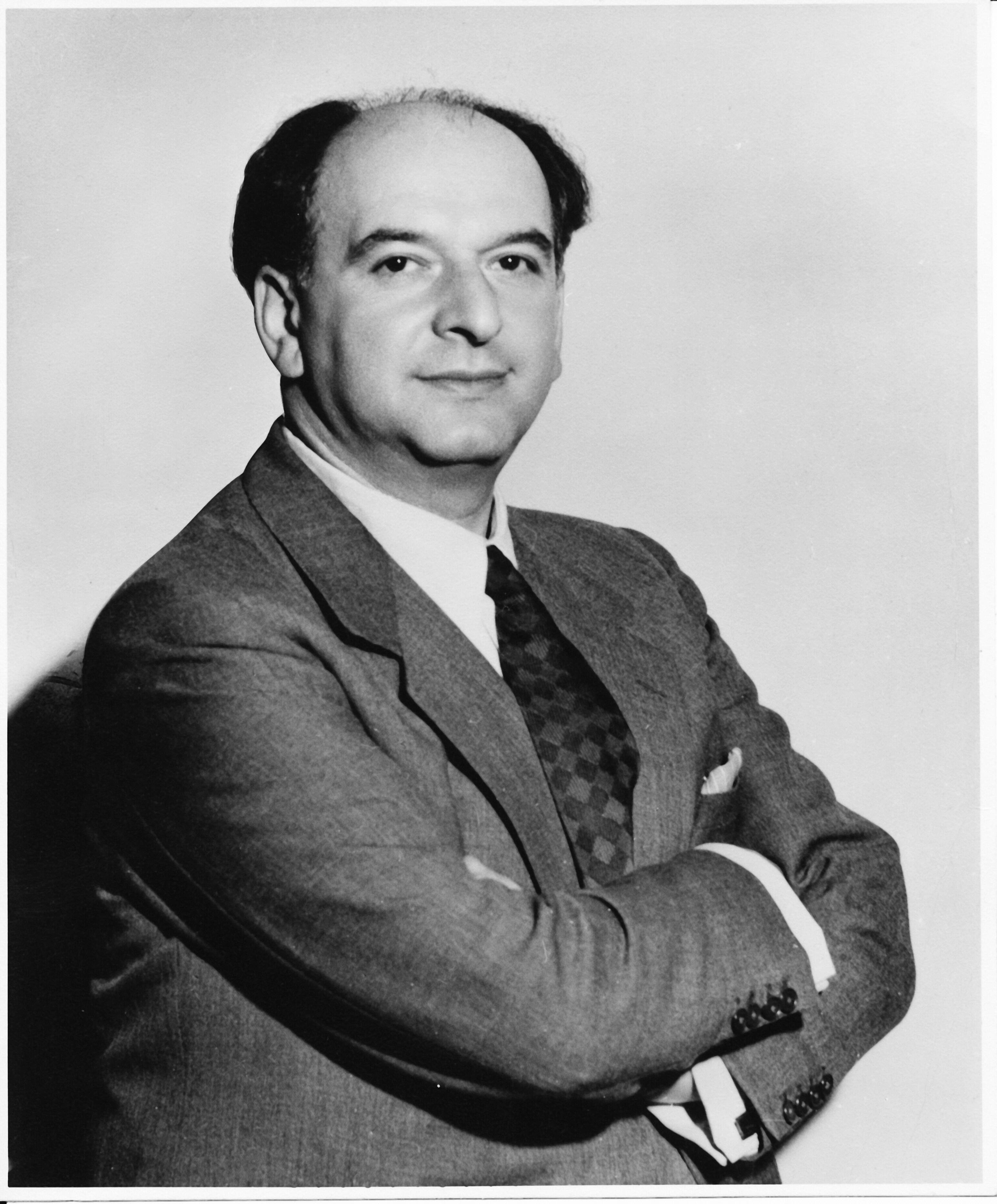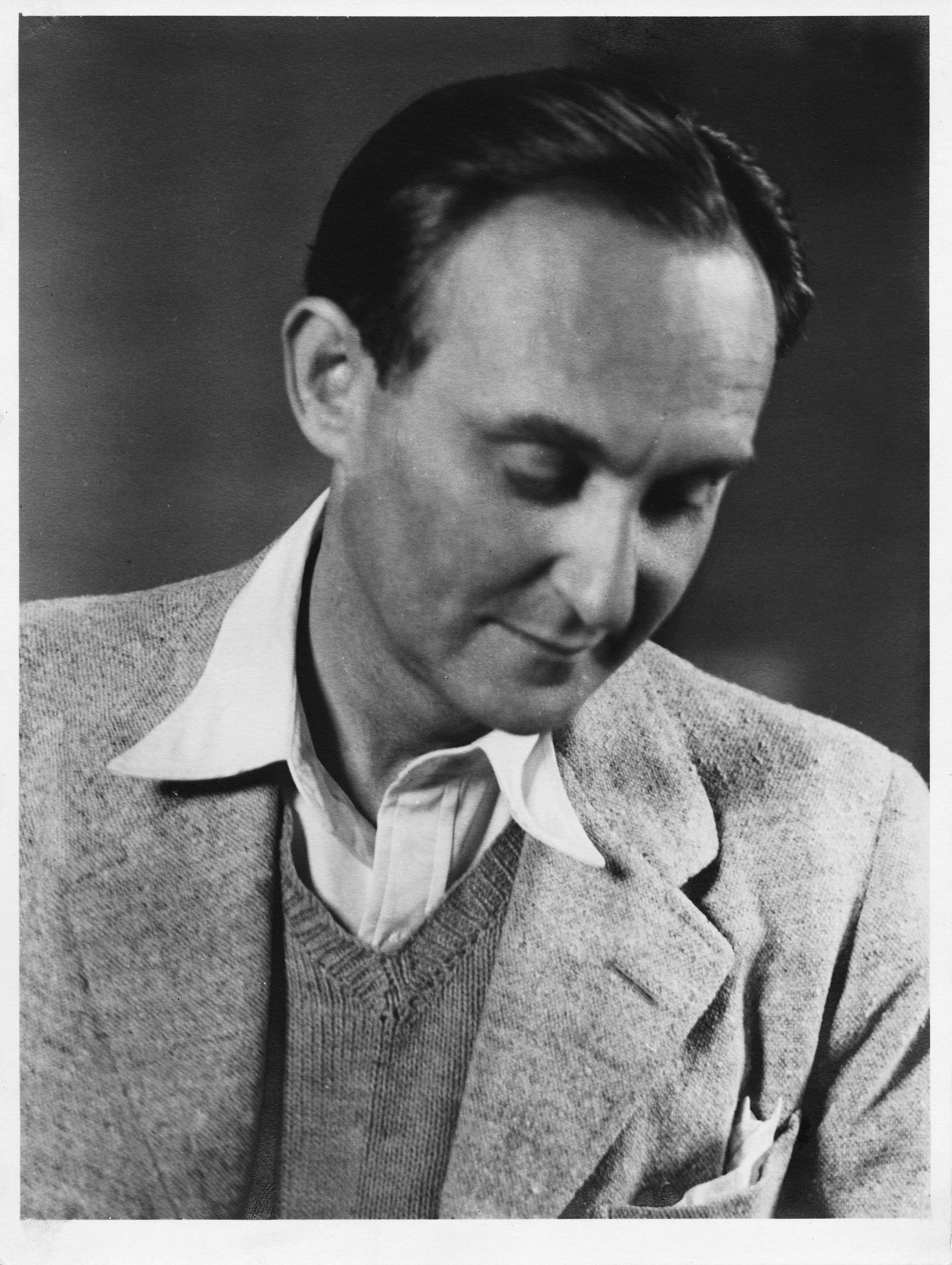
Anna Nyburg on the early days of Phaidon, 100 years ago
The author of our Émigrés book talks about Phaidon's formation in Vienna, the challenges it faced, and how it became the biggest arts publisher in the world
Anna Nyburg wrote her PhD thesis on German and Austrian refugee art publishers in Britain between the wars for the University of London. She's now an Honorary Lecturer at Imperial College London, where she taught German, but also Italian and French for nearly 30 years. She's also taught languages to private students, including one at 10 Downing Street.
Closer to our home though, she's also the author of the Phaidon book Émigrés, which examines the impact on the British illustrated publishing industry of émigrés from Germany and Austria in the first half of the twentieth century, looking in particular at Phaidon Press.
As we celebrate our 100th year who better to chat to than the person who probably knows than anyone else on the long history of creative arts book publishing.
Anna is also an émigré of sorts, herself. "I was born in England, but when I was twelve-years-old I went with my family to Pittsburgh in the USA for one year. When I was fourteen we emigrated to Toronto, Canada for my father’s work as a scientist. I completed my BA in Modern Languages and Literature at the University of Toronto but spent my third year, 1970-71 at Munich University in Germany. After I graduated, I returned to Munich to work at the 1972 Olympic Games in the stadium."
"On my way back to Canada via London, I decided to spend some time in London and never went back to Canada, I enjoyed it so much. Then in 1974-75 I studied for an MA in Modernism in European Literature at the University of East Anglia in. I only started my PhD research in 2002 while a lecturer at Imperial College London and finished it in 2009."
 Phaidon co-founder Béla Horowitz from the book Émigrés
Phaidon co-founder Béla Horowitz from the book Émigrés
How did you first become interested in the subject and what have been the pivotal things you’ve discovered along the way? While I was teaching German at ICL my other German colleagues were involved in an oral history project, interviewing elderly German-Jewish refugees to Britain. My Head of Department encouraged me to join them and to do a PHD in Exile Studies with her as my Supervisor. I knew little about the subject then, but had somewhere read that our two major art publishing companies in Britain (Phaidon and Thames & Hudson) had been founded by Viennese refugees and chose that as an appealing, visual subject.
It completely changed my life in ways that I could not possibly have anticipated. I have interviewed dozens of fascinating people, learned a huge amount about history, art, art history, publishing, design including fashion, but also music, film, theatre and much else.
What was the publishing scene in Vienna like when Béla Horovitz, Frederick Ungar and Ludwig Goldscheider founded Phaidon? When the three Phaidon founders started their publishing house, there was a lively publishing scene in Vienna, though publishers mostly had to produce books that would sell in Germany too. Because they did not have much capital, they initially published classics, as they then did not have to pay copyright fees. They produced beautiful books, very much of their time, 1920s Vienna.
Goldscheider had a good eye for book design. It was only after they started to publish books on cultural history that the need for illustrations came. They soon realised that using the latest photogravure printing process would enable them to print large numbers of books without losing quality. In this way they published the first affordable art books.
 Phaidon co-founder Ludwig Goldscheider from the book Émigrés
Phaidon co-founder Ludwig Goldscheider from the book Émigrés
The escape or move to London was pivotal what do you know about the circumstances surrounding that move, who were the people who were instrumental in it and how did they help? Horovitz and Goldscheider knew that Nationalist Socialist Germany was a threat to Austria and that they as Jews were in danger. So they made a plan with a sympathetic British publisher, Sir Stanley Unwin who was a great admirer of Phaidon books, now being exported all over the world and hugely popular.
Unwin would ‘buy’ Phaidon so that it was in ‘Aryan’ (ie non-Jewish) hands and the paperwork was completed. When the Nazis moved into Vienna in 1938, keen to grab the lucrative business for themselves, they found Phaidon was no longer Jewish and also now British. In London, Phaidon was distributed under the auspices of the Allen and Unwin publishing house. The Horovitz and Goldscheider families made their way to Britain via Belgium where the Horovitzes had family.
Do you have any knowledge about what sort of reception the émigré publishers got in Britain? The reception that Phaidon received in Britain was determined by their standing in Britain already: Phaidon art books, beautiful and affordable were already available in British bookstores. It is perhaps hard for us to realise that in those days, unless you lived near an art gallery or museum, you were unlikely to have seen many of the great works of art, even as photographs. So Phaidon books brought the art of the Renaissance and other periods into British homes.
Sales were so good, that Sir Stanley Unwin found it difficult to accommodate all the books in his warehouses and the cooperation between him and the Phaidon founders grew difficult. War broke out only a year after Phaidon fled to Britain. Because of various factors: manpower and paper shortages, the closing of theatres and cinemas and many a dark evening spent at home, books became enormously important and sought after. Supply could not keep up with demand, another factor which helped Phaidon to establish a good business basis in Britain.
What were the challenges they faced and had to overcome in Britain? Some of their challenges have been mentioned above, and certainly publishing in wartime Britain was very hard, just one problem being that people of working age were being called up to serve in the armed forces rather than staying to work in their publishing jobs. Bombs fell on warehouses in London, destroying millions of books and manuscripts. But there were others too. When war broke out, it was too dangerous to stay in London because of the bombing, and Phaidon, like several other publishers, decamped to Oxford which meant safety but certainly some disruption to both families and business.
It was in Oxford that Dr Horovitz would occasionally see the émigré art historian, Dr Ernst Gombrich, who he had commissioned to write what would become Phaidon's bestselling The Story of Art. Poor Gombrich was overburdened with his war work and not making good progress and apparently would cross the street sometimes to avoid being questioned by Dr Horovitz. After the war, the contract was re-discussed and the book finally came out in 1950 to great acclaim.

What were the cultural changes they brought about in publishing and more widely in the arts in general? Because the Phaidon founders, Horovitz and Goldscheider used photogravure to print their books they were able to sell them for really low prices, as indicated above. But the quality of the photographs in their art books was excellent, and photogravure was exceptional in showing the deep shadows in Renaissance sculpture, for example. Now the public could see how these works of art really looked. The books were a kind of museum without walls.
Artists that many were not familiar with were now the subject of Phaidon books, including Van Gogh, and so this knowledge and familiarity spread after the arrival of Phaidon. The publishing house had good contacts with many of the émigré art historians who authored their books. Phaidon became part of the art scene in Britain, through the founders’ friendships and cooperative enterprises with London museum directors too.
Those émigré publishers have been called Hitler’s gift to Britain, what do you think was their lasting influence, something that is still felt today? There were several émigré publishers in Britain who fled their native Germany or Austria and started to trade in Britain. Thames & Hudson was founded by refugees from Berlin and Vienna but established their company after WW2. Like Phaidon, they introduced new practices, notably integrated text and images rather than presenting images separately, at the end or middle of the book.
Both they and Phaidon were instrumental in establishing co-editions, whereby art books, or other illustrated books would be simultaneously produced in different languages and by different foreign publishers, thereby spreading the costs between them all and increasing sales. This is just one of the innovations which is still common practice today. Additionally, Phaidon’s The Story of Art continues to sell well, following many new editions of the book and delighting its new readers, just one of their numerous titles of groundbreaking importance. Take a look at Émigrés in the store.